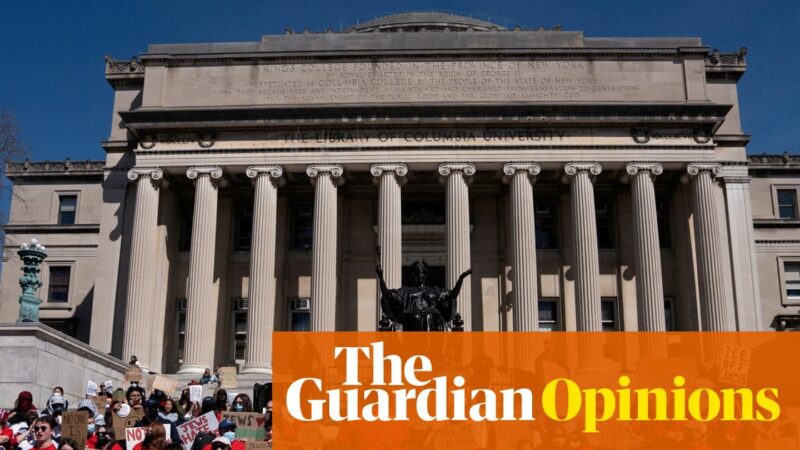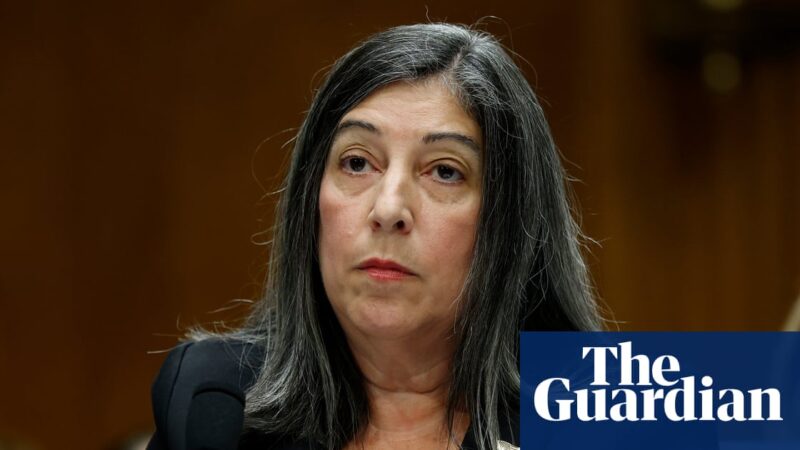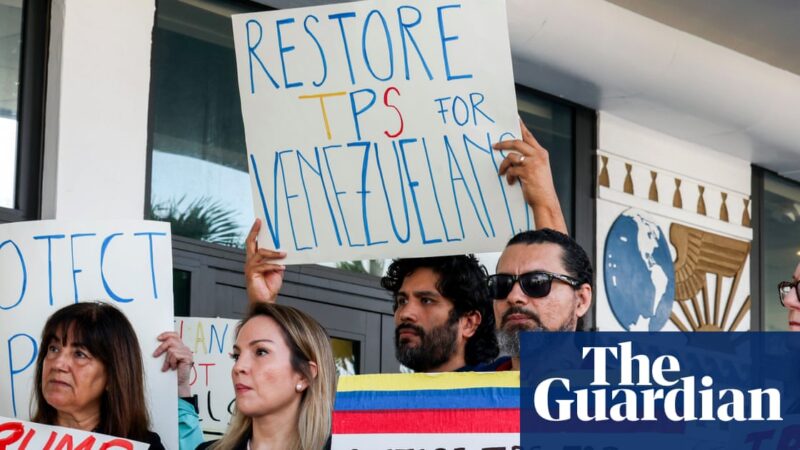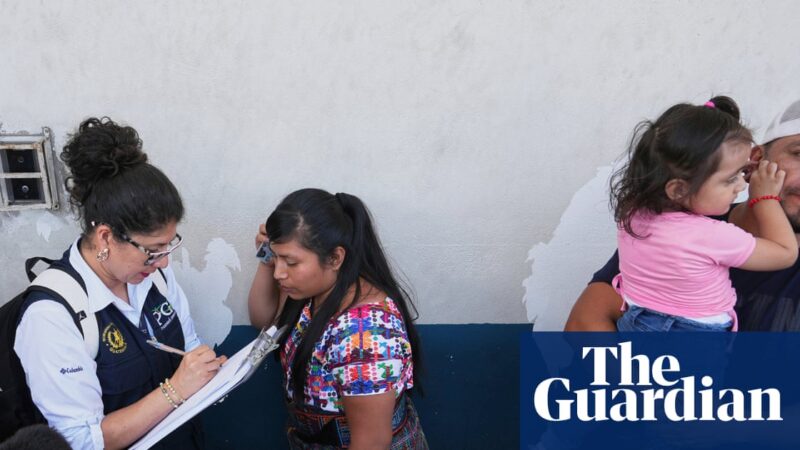Small US college towns reel amid Trump immigration crackdown: ‘They need international students’ | US universities
For a town of 20,000 residents a few miles from the Indiana state line in rural Ohio, the city of Oxford boasts an outsized number of international eateries.
On High Street, the Phan Shin Chinese restaurant sits a few doors down from the Happy Kitchen, another Chinese food joint, which is next door to the Krishna Indian restaurant. There’s a French bakery and even a Uyghur restaurant selling central Asian fare.
The diversity of international restaurants mirrors the student population attending Miami University, which in 2019 had a student body including more than 3,000 international students.
But in recent years, the number of international students coming to study at US colleges has plummeted, a trend that could have devastating consequences for small college towns.
It was the large number of Chinese students attending Miami University that prompted Fei Yang to open the MImian Chinese restaurant in Oxford, a full 60 miles from his home, in 2018.
“There used to be 2,000 to 3,000 [Chinese] students but now there is like 300, 400 maybe,” says Yang. “Covid-19 stopped a lot of people coming. Before we used to make real Chinese food, now we make the American versions.”
In fall 2019, Miami University admitted 2,895 international students, mainly from China, Vietnam, India, and elsewhere – last year, the number plummeted to 750. Since international students at Miami University are not receiving scholarships, they typically pay more than $65,000 in tuition, fees, housing and food, according to 2024-25 estimated cost of attendance figures, which represents a potential loss of about $140m for the university, local businesses and the thousands of workers they collectively employ.
Across the US, an estimated 150,000 fewer international students are expected to study at US colleges and universities this fall compared to last year, a 40% drop.
While the reasons are varied, the Trump administration’s response to protests on campuses against Israel’s war on Gaza has played a major role in fueling the falloff by driving fear of arrest and deportation into many would-be incoming international students.
In June, the state department announced more severe screening and vetting processes for international students intending on studying in the US, including ordering applicants to turn their social media profiles public.
Students from Turkey, Palestine, and Iran have been detained, imprisoned and deported or self-deported for expressing their first amendment rights, rights that are protected by the US constitution, regardless of whether they are citizens of the country or not. About 6,000 student visas have been revoked this year with some students seeing their visas revoked for alleged minor wrongdoings such as speeding.
International student enrolment, however, has been in decline since before the current administration’s crackdown. The tariffs regime initiated on China during the first Trump administration, as well as Covid-19 pandemic travel restrictions in 2020, prompted a massive fall in students traveling to the US for higher education five years ago. In the years since, Chinese students have increasingly chosen to study in the UK and Australia in place of the US.
While mid-sized and large cities and wealthy small towns such as Ithaca, New York, – home to Cornell University – can typically take the financial hit from the loss of thousands of international students due to their diversified economies, less affluent towns, whose economies have never fully recovered from the loss of students on-site during the pandemic, remain imperiled.
According to the US Department of Commerce, international students are thought to have contributed around $50bn to the US economy in 2023 in tuition, rent, food, taxes and a host of other ways. In Ohio, Kentucky, and Iowa, which rank among the lowest states for GDP growth in the country, and which are Trump strongholds, their economies are set to lose as much as $200m, $45m and nearly $43m respectively. Florida’s economy could see losses reaching as much as $243m.
“We tend to think that foreign students only go to big Ivy League schools in big cities. But if you look at a recent Brookings Institution report, it is clear that every school, small, medium and large, in every town or city – small, medium or large need income from international students,” says Tara Sonenshine, Edward R Murrow professor of practice in public diplomacy at Tufts University.
In West Lafayette, Indiana, the 50,000 students who attend Purdue University make up the overwhelming majority of the city’s population. Almost one in four of those at Purdue in 2024 were international students, most paying full tuition and board costs. These students, many who attend to learn cutting-edge agriculture practices, help employ more than 10,000 people, making Purdue University the largest employer in the region.
It’s a similar story for rural Illinois, where one-quarter of students at the University of Illinois Urbana-Champaign campus are from overseas – one of the highest ratios of any private or public college in the country. There, an international student studying for a four-year undergraduate degree can net the college and offshoot businesses about $200,000 in tuition and other fees.
In Oxford, Ohio, one of the biggest issues international students help local businesses with is providing custom during the six-week period from mid-December to the end of January when there are no classes at Miami University. At that time, other than permanent residents, the only people in town are international students.
“Our business community is very dependent on Miami University students. Oxford’s population is about 20,000, of which 17,000 or more are Miami University students,” says Oxford city manager Doug Elliott.
“We have a lot of homes that were converted into student housing. That’s typical for small college towns like us.”
Elliott notes that aside from the financial benefit, international students bring energy and diversity in the form of festivals and gatherings to parts of the US that would otherwise never get to experience the wider world.
“Cutting off visas for international students, combined with demographic shifts in America and the declining enrolment in college, in addition to the general disdain for immigrant populations coming here,” says Sonenshine, “would all add up to chaos and potential closures of small schools who rely on a broader pool on enrolment.”





